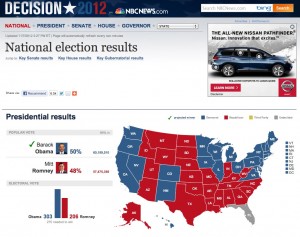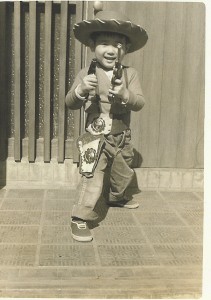PSY, the Korean pop sensation whose viral hit video, “Gangnam Style,” has been viewed alomst 800 million times on YouTube (that’s the official video, never mind the countless other users’ uploads and all the spoofs and tributes), closed out the American Music Awards on Nov. 18. In a savvy, surprising and ultimately, ironic, collaboration, the 35-year-old PSY (real name: Park Jae-sang) was joined for a mashup of his hit with MC Hammer’s “2 Legit 2 Quit” (above) and brought the house down, with celebs and fans (Hammer too) mimicking his horsey-cowboy dance moves.
Within minutes, blowback flew out over Twitter. Most of the messages were gut reactions to the irony of a song sung mostly in Korean being featured on the “American” Music Awards. Here’s one example: “Seriously psy is closing the show?? It’s called the AMERICAN music awards not the Korean..” and “I’m pretty sure this is called the American Music Awards #gobacktoAsia.” (Okay, the “gobacktoAsia” hashtag is pretty offensive — I’ve had that yelled at me in the past.)
The fact that the tweeters didn’t catch the awesomeness of the irony and only expressed their xenophobia and ignorance was disappointing but not surprising.
Some of the tweets, though, were flatout racist, like “Why is chink PSY at the American music awards he doesn’t make American music what is going on” and “are you kidding this chink is on the AMA’s? #sad #keywordAMERICAN.” You can see a sampling of offensive tweets at the Public Shaming Tumblr blog.
Continue reading












